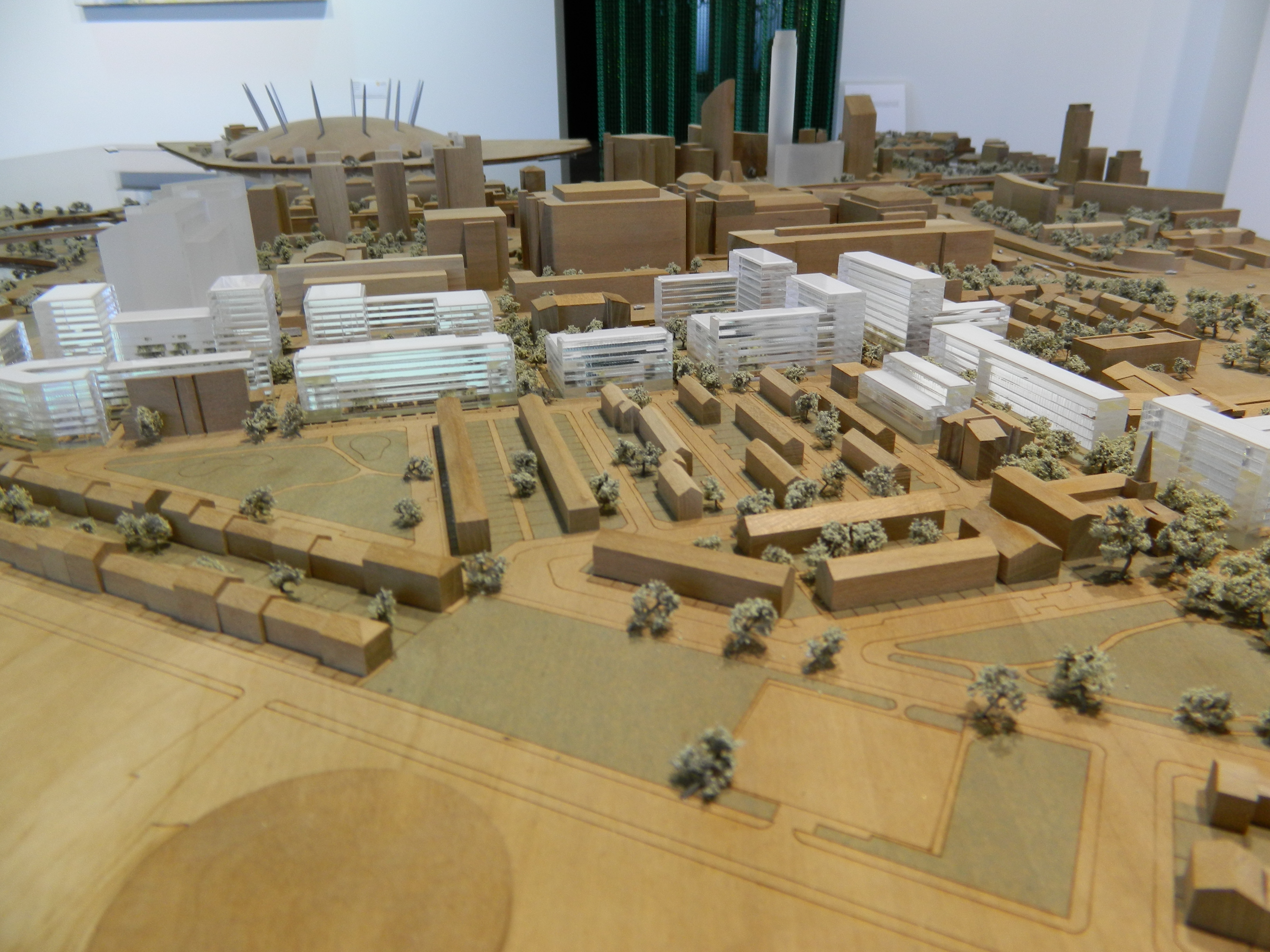A visit to a large residential development site on the river in central London one recent morning raised a number of important issues about what enables successful development and what still constrains additional investment:
First, large developments of apartments and associated infrastructure need off-plan sales to give the developer financial security. The larger the development the greater the need for these sales – as once the development is started it is extremely costly to stop.
However this means that UK buyers who are dependent on mortgage finance face major constraints, as mortgage offers only remain open for a six month or a maximum one year period. This is one reason why so many sales of new properties in central London have been to overseas buyers. However, given there may be 3 or 4 years before the unit is ready to hand over there has been some pre-occupation turnover and there is evidence that re-sales are going more to domestic buyers. Also, against the general assumption made in the media, the vast majority of properties bought by overseas buyers are intended to be occupied.
Second, developers on these large sites are involved in a more and more diverse range of activities – not just building varying forms of residential development (market/affordable/general needs/supported housing) and commercial property but also schools, further education establishments, roads, NHS facilities, cultural venues as well as public open space – sometimes taking on long-term management commitments.
Earlier developments in the 2000s tended to be less outward looking, excluded the neighbourhood and provided the equivalent of a gated community for richer households moving into poorer neighbourhoods. Nowadays the equivalent development, while it will be built at higher density, looks to be welcoming, with accessible public open space and community services provided in pleasant surroundings.
For all that, the evidence is that where development takes place on ex-industrial or commercial land, existing local residents often take hardly any notice of the planned development and only interact with the new neighbourhood when restaurants, shops and other services are in place. Over the years one can hope that these localities will become more coherent communities – but at the time of planning permission the development goes ahead in part because the locals feel little involvement.
Third, local political stability makes it easier and quicker to gain planning permission. Developers do not waste time offering up projects which will not meet community requirements, and this can accelerate the development process. If developers and local authorities work together over time, all stakeholders become more effective. In this context each local authority has its own priorities with respect to CIL and S106. There are trade-offs to be made between affordable housing – and whether this is social rented or intermediate renting/owning – and other forms of infrastructure. If the local authority clarifies its priorities carefully and retains a consistent vision this can speed up delivery considerably – but will undoubtedly lead to different outcomes as compared to other authorities with similar market conditions.
Overall, the visit had a different feel to similar visits two or three years ago. There are more obvious attempts to build for the future neighbourhood and provide better social infrastructure. It is still inherently the case that the majority of this type of development is for better-off households, whether local or international. However, on-site affordable housing, together with the inclusion of retail and community services, at least provides a starting point for a more community friendly environment.





